By now, there’s not a lot of mystery left to the next-generation Nissan Z. Since breaking cover a year ago as the Z Proto, we’ve discovered that its “concept” sheetmetal and interior was pretty much entirely production-spec, its twin-turbo engine will displace 3.0 litres and make a stonking 298kW of power, it’ll still have a manual transmission, and it’ll be here in Australia sometime in 2022.
But how much will it cost?
The outgoing ‘Z34’ 370Z currently starts at $50,490 before on-road costs for a base model six-speed manual – add $2500 if you want the seven-speed automatic option. That's remarkably cheap for a two-door coupe with the Z's level of performance.
Don’t, however, expect the new Z to be quite so affordable. Why? It’s mostly down to one thing: technology.
While the new Nissan Z will recycle the platform of its predecessor (albeit with all-new suspension tuning), the engine, automatic transmission and in-cabin technology are vastly more complex.
With a pair of turbochargers bolted to its exhaust manifolds, the Z’s 3.0-litre V6 will make 298kW and 475Nm – a big step up from the 245kW/363Nm outputs of the 370Z’s 3.7-litre non-turbo V6. But that power comes at a cost: those turbochargers, their intercoolers, sensors and other associated hardware not only add to the total material cost of the engine itself, but also require slightly more man-hours to put together on an assembly line. That production cost is something that needs to be passed on to the customer in order for profitability to be maintained.
.jpg)
The automatic transmission is another potentially expensive item. A nine-speed unit that’s essentially the 9G-tronic used by many Mercedes-Benz models (including AMGs), it’s more complex than the current Z's seven-speeder auto: logic dictates that its manufacturing cost is thus higher. At least Nissan is able to control some of that manufacturing cost, given it mostly owns the transmission company JATCO which produces the nine-speed automatic under license from Mercedes-Benz.
The technology story doesn’t end with the greasy bits either. The instrument panel is no longer a set of mechanical dials, but rather a large high-res screen. The multimedia system in the middle of the dash is also a massive upgrade over what was offered in the 370Z, and with superior resolution, improved software, and features like a built-in Wi-Fi hotspot, it's not unreasonable to assume it costs more to make than the more primitive sat-nav screen used by the old car.
That system also boasts Apple CarPlay and Android Auto – those tech companies charge a licensing fee to carmakers wanting to include their smartphone mirroring systems, and while consumers might see mirroring as a ‘free perk’, it’s something that does add to the final cost of a car.
.jpg)
Same too with the additional safety features that will be built into the 2022 Nissan Z. The radar unit used by the active cruise control system adds significant cost, as do the cameras for auto emergency braking and lane departure warning. Blind-spot monitoring and rear cross-traffic alert will be offered too, and both cost money to the manufacturer. None of those features were offered in the 370Z, but expect all of them to be standard on Australian-market Nissan Zs.
As with the 370Z, it’s expected that Nissan Australia will only take a highly-specified version of the Z35. While The North American market will have two grades – base ‘Sport’ and top-shelf ‘Performance’ – we anticipate only a single grade to be sold in Australia (at least until the Z Nismo performance flagship appears). Therefore, the circa-US$40,000 starting price that the American motoring media are postulating for the Z Sport isn’t necessarily a good starting point for calculating what higher-grade Aussie Zeds will cost.
Indeed, there are factors entirely unrelated to the car itself that could have a profound impact on the eventual retail price. Nissan Australia’s currency hedging strategy is one, and with the Aussie dollar steadily rising in value against the Japanese Yen since mid-2020, some savvy financial management could give Nissan’s local office some additional buying power when it comes time to negotiate a ‘factory door’ price for its allocation of Zeds. However, we can only guess – that area of Nissan’s business activity is understandably opaque.
But suffice it to say, the new Z is bound to be more expensive than the old one. By how much though?
.jpg)
With the engine expected to account for the bulk of the Z35’s increased production cost, we do have at least one major clue: the departed Infiniti Q50 and Q60 Red Sport. Those models used the same 3.0-litre twin-turbo V6 as the upcoming 2022 Nissan Z, and also packaged the same active safety hardware. Available only with a seven-speed automatic, they differ from the new Z in that regard; but they were also built on the same platform that the new Z will use, so production line costs should be broadly similar.
In 2019, the last year the Q50 Red Sport (or indeed any Infiniti) was sold in Australia, that model retailed at $74,900. For the two-door Q60 the mechanical package was the same, but it incurred a $10K premium.
It seems unlikely that the new Z will reach that high. For starters, Infiniti was Nissan’s luxury brand, its equivalent to Mercedes-Benz, BMW, Lexus and Audi. Though Infiniti was firmly at the more affordable end of the premium vehicle spectrum, its cars nevertheless carried that luxury car impost.
For the Z, which wears the more prosaic Nissan badge on its nose, that price premium may not necessarily apply. A starting price somewhere in the $65K region therefore seems more likely, but it could even be lower. After all, Infiniti sold the Q50 Pure V6 in Australia for just $58,900 before on-roads, a vehicle that used a detuned version (224kW/400Nm) of the Red Sport’s 3.0-litre twin-turbo V6.
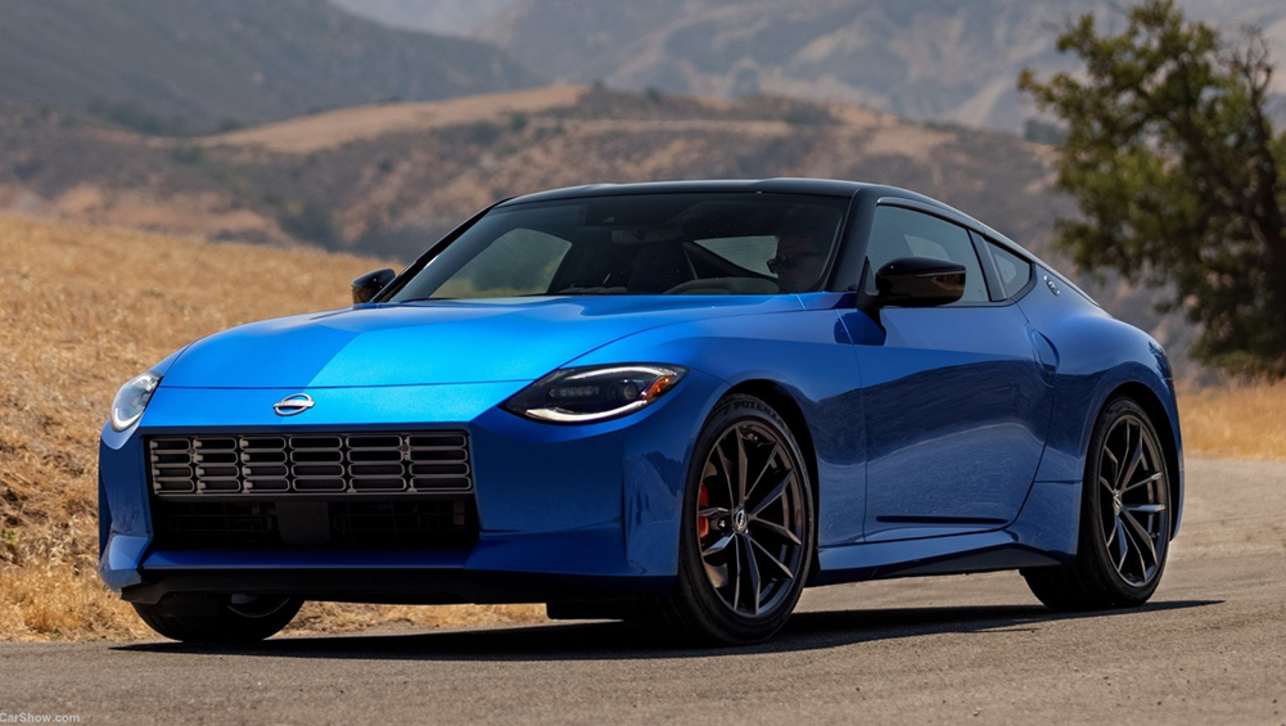
Could the new Nissan Z cost under $60K? It certainly doesn’t seem outside the realm of possibility, and if so it would place the twin-turbo coupe surprisingly close to the $53,100 Volkswagen Golf GTI – a hot hatch that’s infinitely more practical, but substantially less powerful. That said, while the current 370Z undercuts the Golf GTI it seems unlikely that its replacement will achieve the same feat.
As far as Japanese coupe competitors go, the Z naturally won’t come anywhere near the Subaru BRZ, which might have only 170kW/250Nm to offer, but will retail for a very reasonable $38,990 starting price. However, the rival that most enthusiasts are lining the new Z against is Toyota’s Supra – which starts at a colossal $87,003 for the entry GT grade.
Even if the 2022 Nissan Z lobs in between $70-80K, it will still be a solid value buy against the Supra. However, looking at the tea leaves it seems that a starting price somewhere in the mid-$60K region is more likely, which would make the new Z only a few thousand dollars more expensive than the 370Z Nismo flagship that’s currently on sale.
If Nissan Australia can limbo the price below the $60K mark, that will simply be gravy on top of what is an already exciting and enticing package.


.jpg)

.jpg)


.jpg)



.jpg)
.jpg)
.jpg)
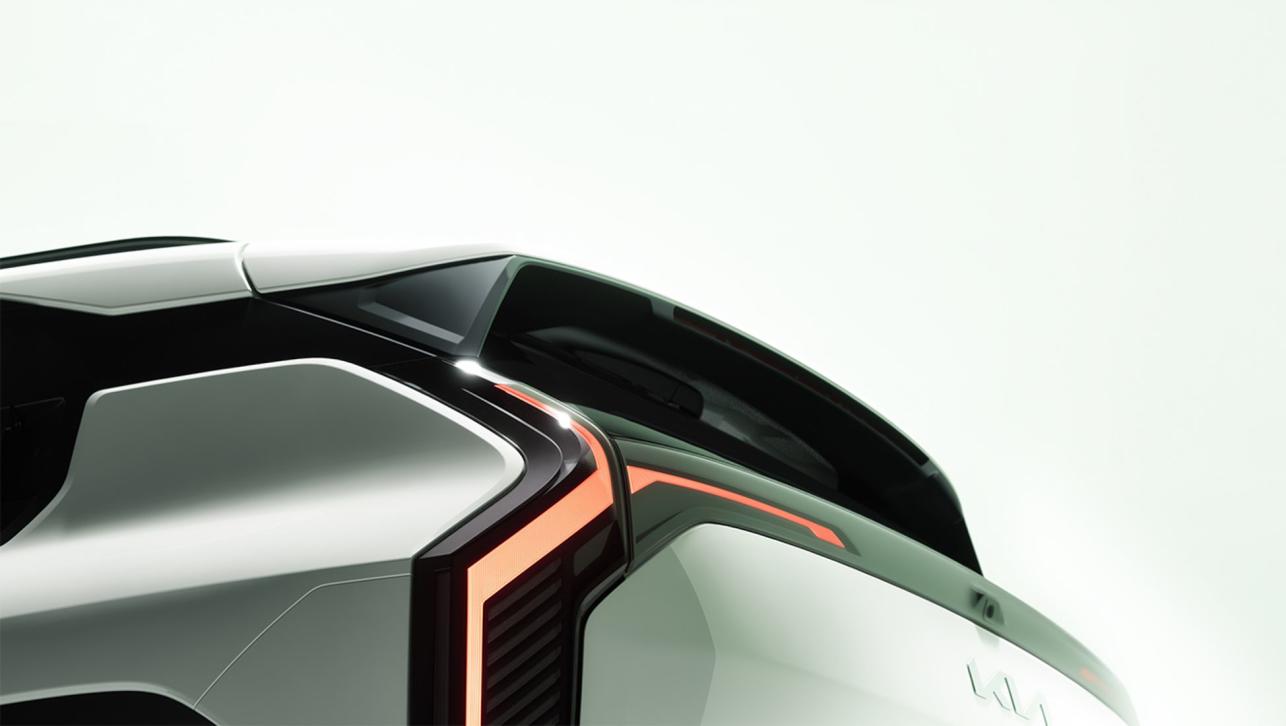

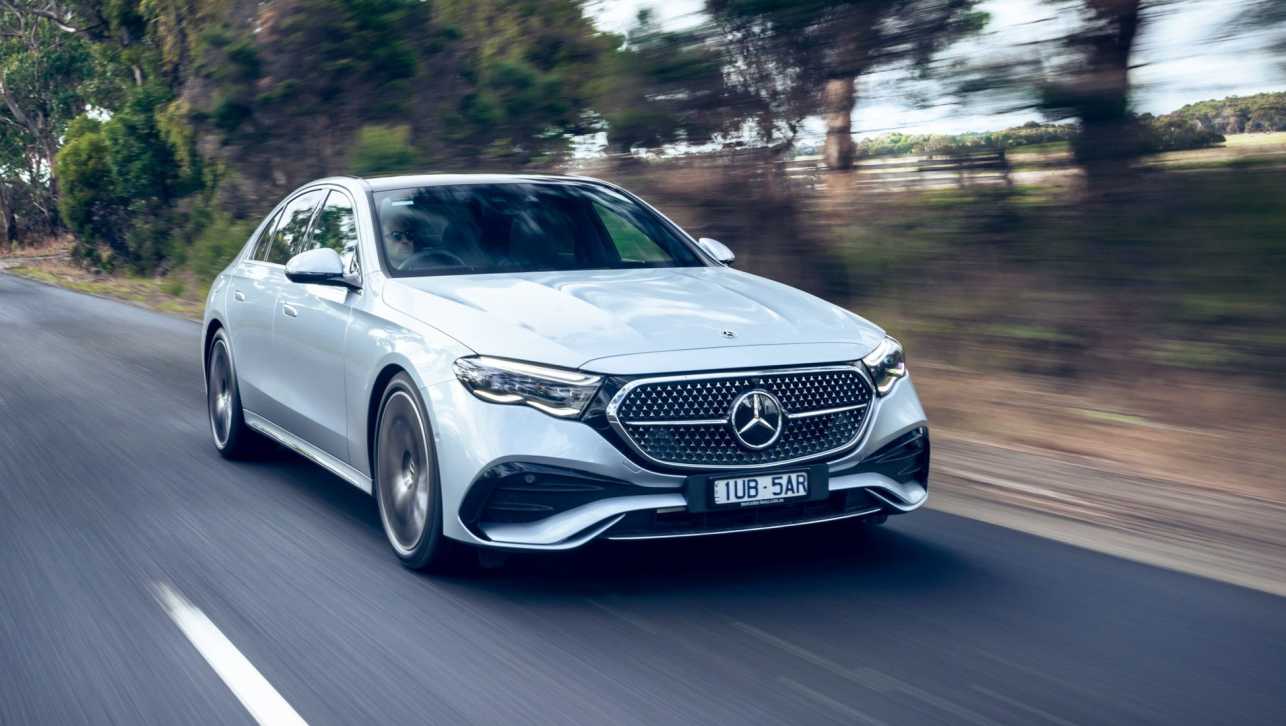
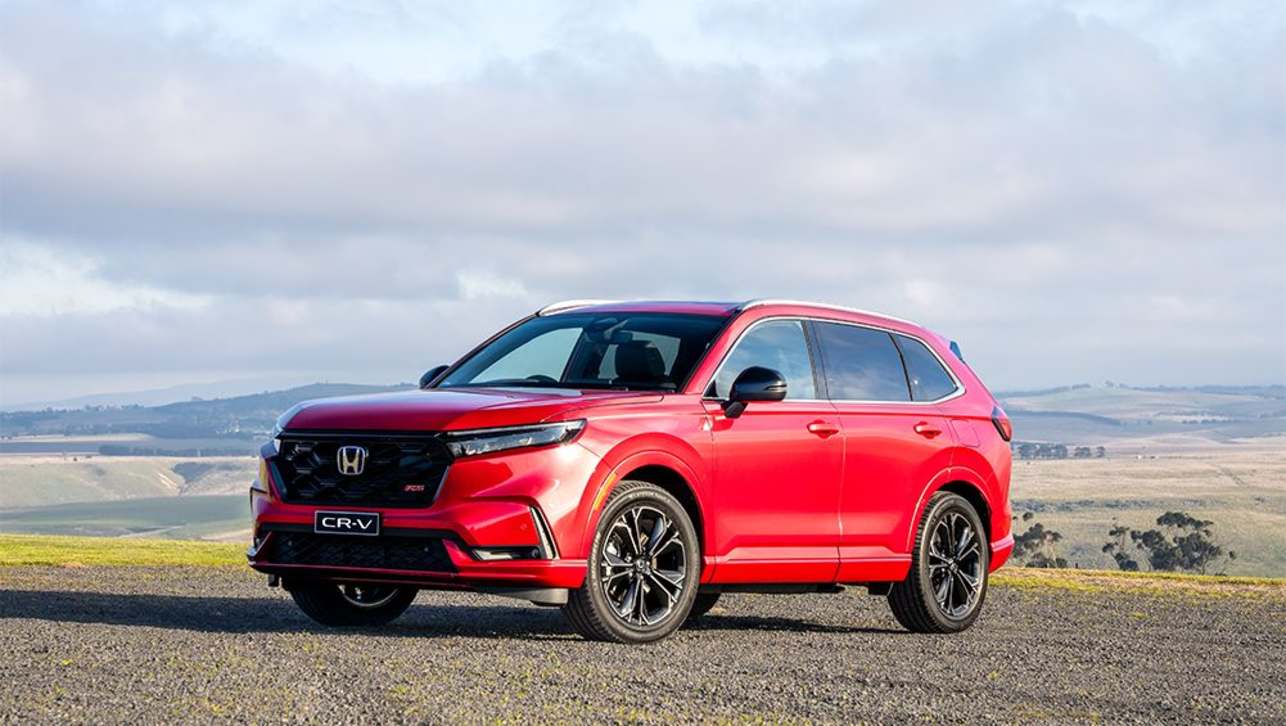
.jpg)
.jpg)
.jpg)
.JPG)
.jpg)
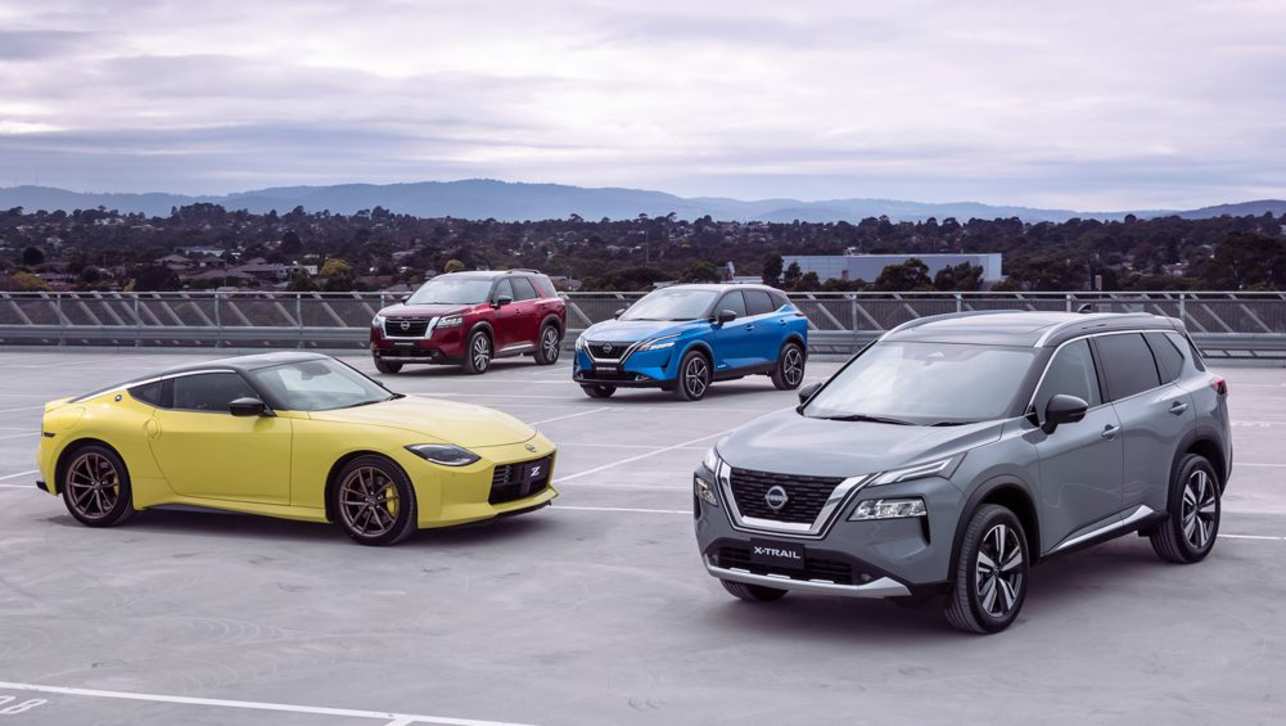
.jpg)
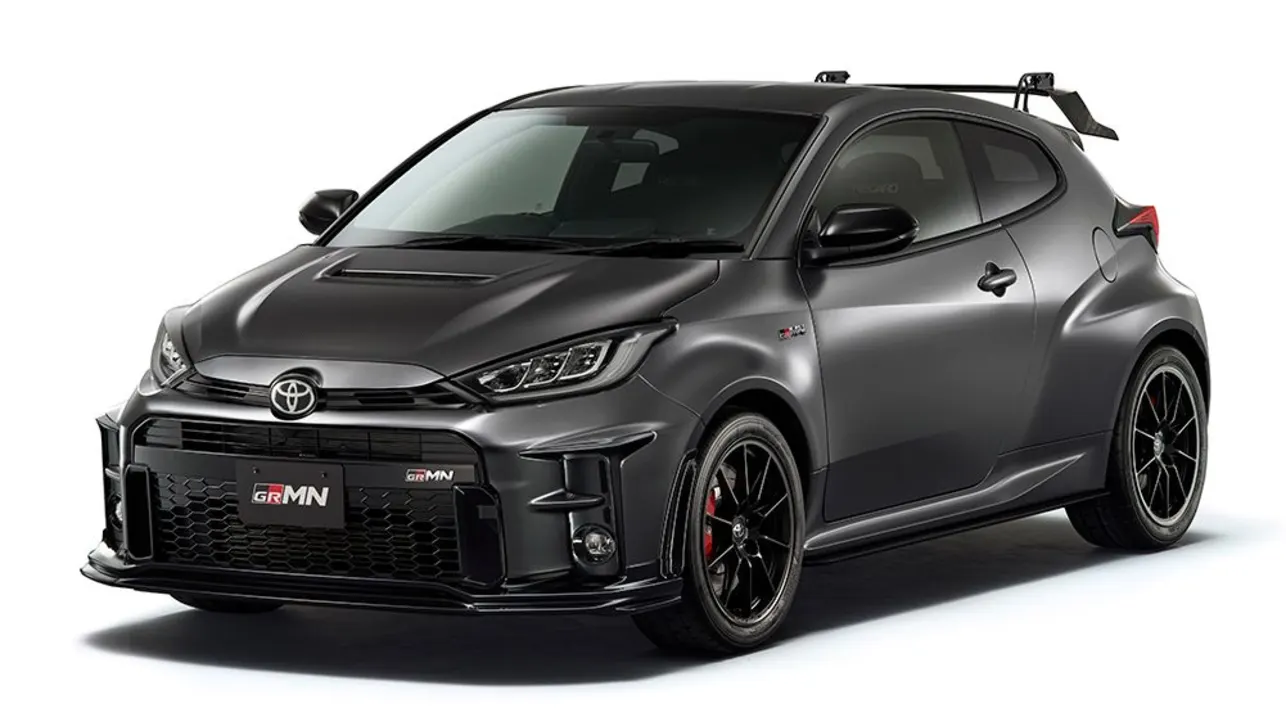

.jpg)


Comments